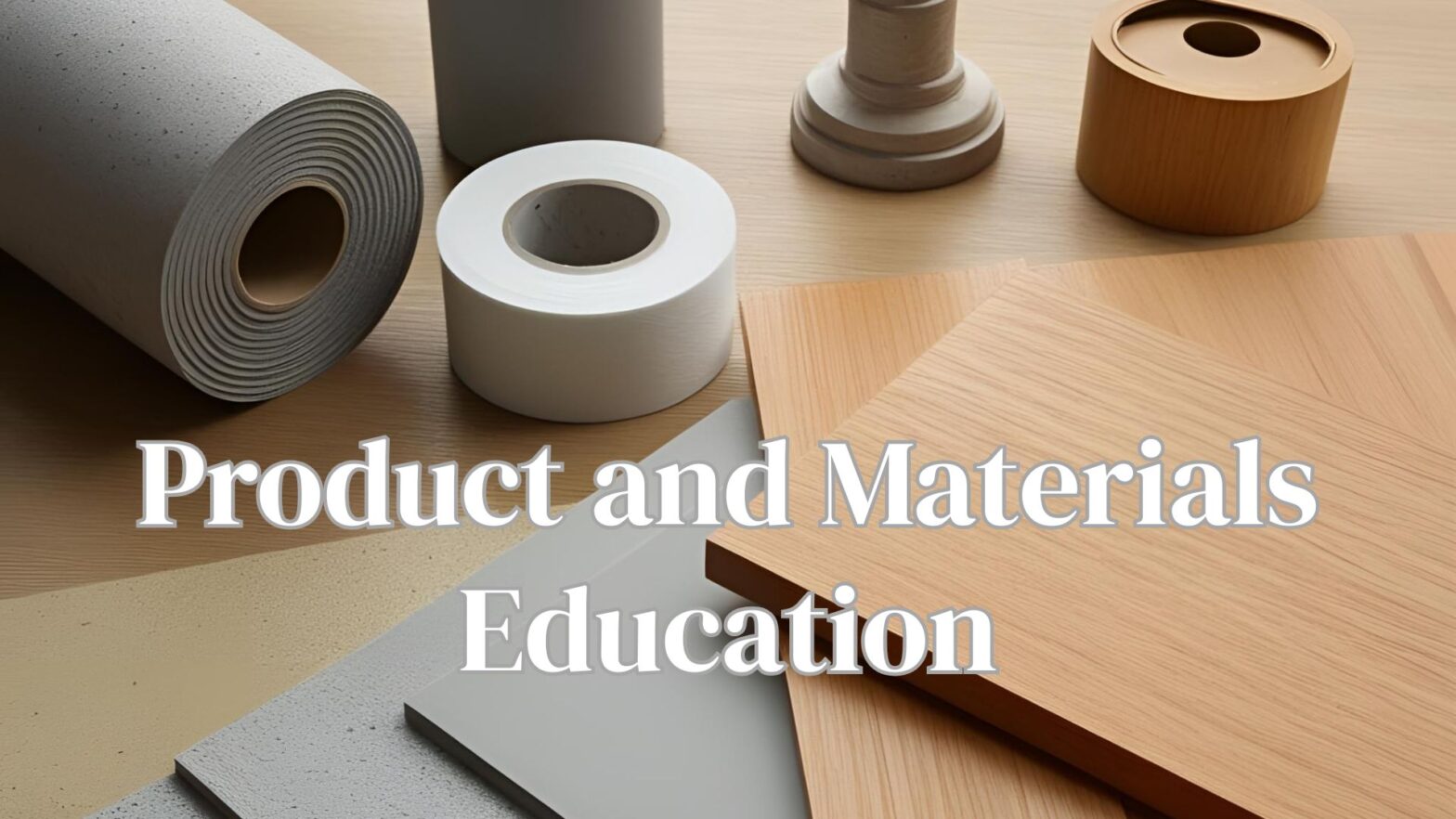Pros and Cons of Reflective Insulation Under Metal Roofs in Multi-Family Housing
Reflective insulation is becoming an increasingly popular choice for energy-efficient building designs, particularly in multi-family housing. This type of insulation, often applied under metal roofs, reflects radiant heat rather than absorbing it, contributing to a more controlled indoor environment. As metal roofs gain popularity for their durability and sleek aesthetics, the integration of reflective insulation becomes a consideration for improving energy performance. However, like any material, reflective insulation has both advantages and limitations.
In this article, we will explore the pros and cons of using reflective insulation under metal roofs in multi-family housing to help builders, architects, and contractors make informed decisions.
Pros of Reflective Insulation Under Metal Roofs
- Energy Efficiency
One of the most significant advantages of reflective insulation is its ability to increase energy efficiency. Reflective insulation works by reflecting radiant heat away from the building, rather than allowing it to be absorbed into the structure. This is particularly beneficial in warmer climates where solar heat gain through the roof can significantly increase cooling costs. The reflective surface of the insulation keeps the building cooler, reducing the load on air conditioning systems and lowering energy bills.
- Improved Comfort
By reflecting heat away, reflective insulation contributes to a more comfortable living environment. In multi-family housing, where multiple units are located within close proximity, controlling the temperature is crucial for tenant satisfaction. With reflective insulation in place, residents experience more consistent indoor temperatures, reducing the likelihood of uncomfortable heat buildup during hot weather.
- Lightweight and Easy to Install
Reflective insulation is relatively lightweight compared to other insulation materials like fiberglass or spray foam. This makes it easier and faster to install, which can reduce labor costs and shorten the construction timeline. For multi-family housing projects that need to be completed quickly and efficiently, this can be a significant advantage.
- Increased Roof Lifespan
The reflective properties of the insulation help to reduce thermal stress on the metal roof. Metal roofs are subject to high temperatures and intense sunlight, which can lead to expansion and contraction over time. By reflecting radiant heat, reflective insulation helps to moderate these temperature fluctuations, potentially extending the lifespan of the roof and reducing the frequency of maintenance or repairs.
- Sustainable Building Material
Reflective insulation is often made from recycled materials or can be recycled at the end of its lifecycle, contributing to sustainability. In multi-family housing projects where sustainability is a key consideration, reflective insulation can be a great choice for meeting green building standards, including those outlined by LEED (Leadership in Energy and Environmental Design).
Cons of Reflective Insulation Under Metal Roofs
- Limited Performance in Cold Climates
While reflective insulation is highly effective at blocking heat in warm climates, its performance in cold climates is more limited. Unlike traditional insulation materials that trap heat within the building, reflective insulation mainly reflects radiant heat and doesn’t provide significant thermal resistance to prevent heat loss. In colder regions, additional insulation may be required to ensure optimal energy efficiency during winter months.
- Requires Proper Installation
The effectiveness of reflective insulation depends heavily on proper installation. For it to perform as intended, the reflective surface must face the correct direction—toward the air space or outward to reflect heat. Any improper installation can reduce its ability to block radiant heat and potentially lead to lower-than-expected performance. Ensuring that the insulation is installed by professionals who understand its unique requirements is essential.
- Not Suitable for All Roof Types
Reflective insulation performs best when there is an air gap between the insulation and the metal roof. In situations where space is limited or there is no proper ventilation in place, reflective insulation may not perform as well. In multi-family housing, where space constraints may be a consideration, creating the necessary air gap could present challenges, leading to suboptimal performance of the insulation.
- Potential for Condensation Issues
When reflective insulation is applied under a metal roof, there is a risk of condensation forming between the roof and insulation material, especially in areas with high humidity or drastic temperature fluctuations. If the insulation is not installed with proper ventilation or moisture barriers, condensation can lead to mold growth or water damage, which can compromise the integrity of the roof and the building structure.
- Higher Initial Cost
Reflective insulation typically comes at a higher upfront cost compared to traditional insulation materials such as fiberglass or cellulose. While it may result in energy savings over time, the initial investment can be a deterrent for some builders or property developers. For large multi-family housing projects, this cost may add up, and it’s essential to weigh the long-term benefits against the initial outlay.
Conclusion
The use of reflective insulation under metal roofs in multi-family housing offers several notable advantages, including energy efficiency, improved comfort, and extended roof lifespan. In regions with hot climates, reflective insulation can be a highly effective solution for reducing cooling costs and enhancing indoor comfort. Additionally, its lightweight nature and sustainability make it an attractive option for modern building projects.
However, reflective insulation is not without its challenges. It may not perform as well in cold climates, and its effectiveness relies heavily on correct installation. Additionally, issues like condensation and installation complexities must be carefully managed to ensure optimal performance.
Ultimately, for multi-family housing developers, the decision to use reflective insulation under metal roofs should be based on the specific climate, building design, and performance goals of the project. When used appropriately, reflective insulation can be an invaluable tool in creating energy-efficient, comfortable, and sustainable living spaces for residents.


